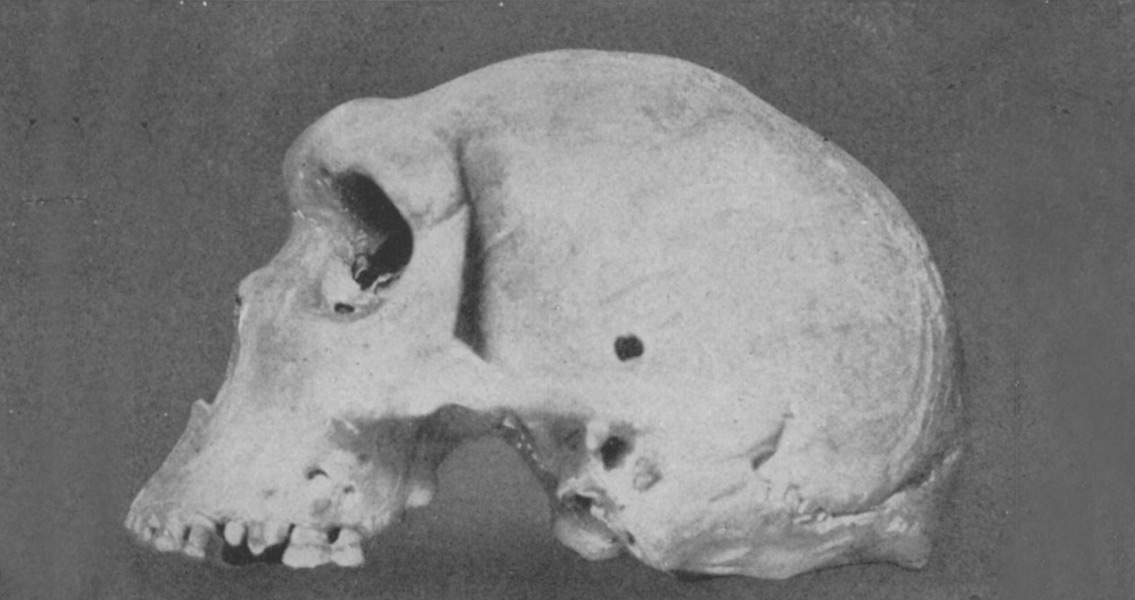<![CDATA[A recent genetic discovery may finally answer long standing questions about the development of modern Europeans, and their relationships with Neanderthals. Anthropologists from the Universities of Cambridge and Copenhagen have found there is a clear genetic connection between the earliest inhabitants of Europe and modern Europeans. They're research was based on the skeleton of an early European known as K14, found in Russia in 1954. Their findings also suggest that Neanderthals and modern humans may have interbred across Europe, around 50,000 years ago. K14 is thought to be the remains of a man who lived in an area known as Kostenki in Western Russia, between 36,200 and 38,700 years ago. The area is a favourite for archaeologists, as many bones have been found there belonging to giant creatures such as mammoths. In a major scientific breakthrough last year, scientists sequenced the genome of the K14 skeleton - the second oldest genome ever sequenced. (The oldest that has been sequenced was from a 45,000 year old skeleton found in western Siberia) What they've concluded is shocking: contemporary Europeans share a genetic continuity with Europe's earliest inhabitants. This means that scientists now have to revise how they understand the development of genetic diversity among Europeans. It was long thought that the distinct European genetic identity developed much more recently than 36,000 years ago. The researchers now believe however, that the defining facets of the European genome started forming in the Upper Paleolithic Era, between 50,000 and 10,000 years ago. What is so incredible about this is that the period included the Ice Age, meaning the early Europeans somehow survived through this harsh period. The researchers also discovered that the DNA of a 24,000 year old child's skeleton found in Siberia was similar to that of K14, but different to that of Eastern Asians. This suggests that the East Asian lineage split from the European one about 37,000 years ago. K14 had 1% more Neanderthal DNA than modern humans, which cements the belief that humans and Neanderthals were still interbreeding until about 54,000 years ago. The lead author of the study was Dr. Eske Willerslev, an evolutionary biologist at the Centre for GeoGenetics at Copenhagen University. Working with him was University of Cambridge professor Robert Foley. The findings were recently published in the journal Science.]]>
Ancient Skeleton Reveals Genetic Origins of Europeans
